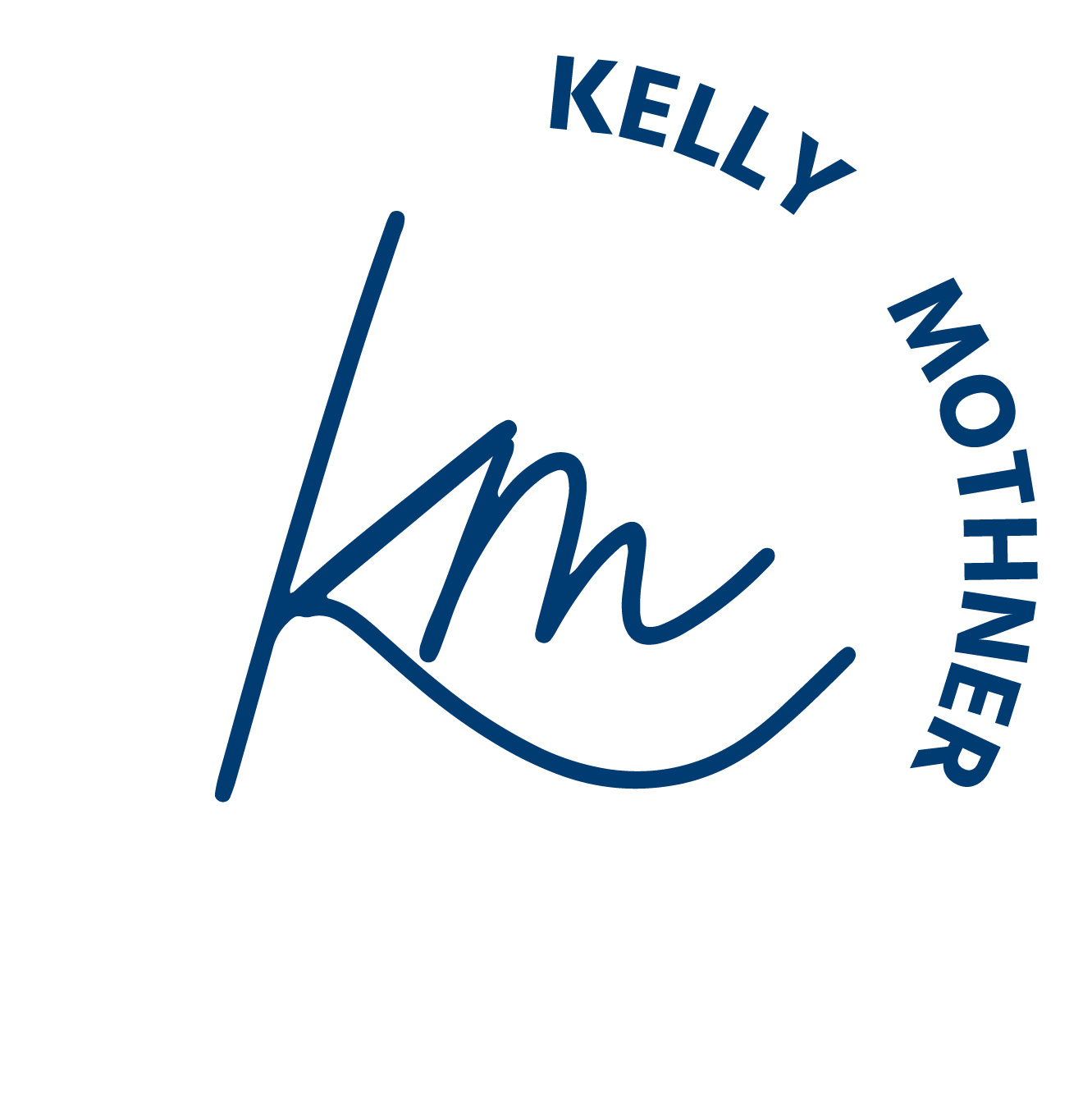The Origins & Psychology Of April Fools’ Day
It may not be Christmas or the New Year, but the tradition of April Fool’s day has been celebrated for hundreds of years. The psychology of April Fool’s Day, or how the holiday even came to be, may leave many individuals wondering how it all started. Although the details behind the true origins of April Fool’s Day remain vague, there are many entertaining explanations for this prank filled day.
The History of April Fool’s Day
According to the Hoax Museum Curator, April Fool’s day could have been a result of a hazing ritual that was performed to welcome Spring. Yet this is just one of many theories out there. Many different cultures celebrate the beginning of Spring in a variety of ways and as a result there are an array of theories as to the day’s origin:
- Many believe that the prank filled holiday began on April 1st as a result of implementing the Gregorian calendar in the late 1500s, which changed the New Year from April 1st to January 1st. The individuals who stuck to the old calendar and belief were then nicknamed fools. It is said that people had a lot of fun at the expense of those who chose to stick with the old calendar.
- Some believe April Fool’s was inspired by a poem from the mid-1500s by Eduard de Dene. The poem tells a story of a nobleman who sent his servants on outrageous and strange errands on April 1st.
The Psychology Behind Pranking
To understand the psychology behind April Fool’s day, we first have to understand the psychology behind pranking. Psychologists have studied various types of pranks and the thought process behind them for years. Yet the research behind pranks has generally focused on misbehavior, such as bullying or harassment. Despite common beliefs, practical jokes and pranks are typically used as a way to welcome a new person into a group. They can also serve as an important part of some cultural rituals.
Nonetheless, there is some truth to the negative connotation it has acquired. In the 1960s activist and well known prankster, Abbie Hoffman, believed most pranks fell into three categories: satirical, vindictive, and neutral.
Satirical Pranks
Considered one of the “good” pranks, these pranks are more lighthearted, and typically show more about the individual being pranked. It is used to display human feelings, true emotion, or failings in a funny way.
Vindictive Pranks
Vindictive pranks, or “bad” pranks, can also be revealing, but are typically done with more malicious intent. This shows more about the one perpetrating the prank rather than the one receiving it. They can be motivated by a desire for revenge or to criticize. These pranks can include:
– Malicious hazing
– Overall humiliation
Neutral Pranks
Also considered a “good” prank, these pranks are playful, and typically done just for fun. These pranks often include physical punch lines, such as wrapping the toilet bowl with plastic wrap.
Cultural Use Of Pranking
According to Hoffman, the “good prank” is a very common part of initiation rites in many cultures. For example, an indigenous tribe in Zambia uses pranks as a coming-of-age ritual for young men. While the young men go on a camping trip outside their village, an adult will sneak up and scare them while wearing a scary mask. The purpose of this initiation is to remind the young men of their normal fears before being elevated in their tribe.
Cultural Sociologist, Jonathan Wynn, explains that the psychological reasoning for pranks is to maintain social boundaries in groups such as, sororities, fraternities, firehouses, etc. Many psychologists argue that the sensation of being tricked leads to a forced and uncomfortable type of self-awareness that can often enhance a sense of connectedness which can bring people closer together.
How To Celebrate Your April Fool’s Day
More often than not, the pranks we pull on our friends and colleagues are all in good fun and not intended to harm anyone physically or emotionally. In fact, a “good prank” can serve as a reminder that we are all human, as long as it doesn’t go too far in embarrassing or humiliating the person on the other end.
So, if you plan on pulling any pranks on your friends or colleagues this April Fool’s Day, keep in mind the emotional impact of any prank you plan on doing. Keep it light and playful to ensure that both parties can enjoy the positive effects of pranking!
Schedule an Appointment For Therapy in Manhattan Beach Today!
Pranks can be fun, but they can have their downsides too. Remember the psychology behind pranking and April Fool’s before you perform any pranks. If you are facing any hardships in your life or need someone to talk to, feel free to contact me today. My office is centrally located in Hermosa Beach, California and I provide therapy and counseling services for children, teens, adults and couples in Manhattan Beach, Redondo Beach, El Segundo, Torrance and all over the South Bay area. Please feel free to contact me and schedule an appointment today!
References:
http://www.usatoday.com/story/news/nation-now/2014/03/31/april-fools-origins-explained/6957257/


